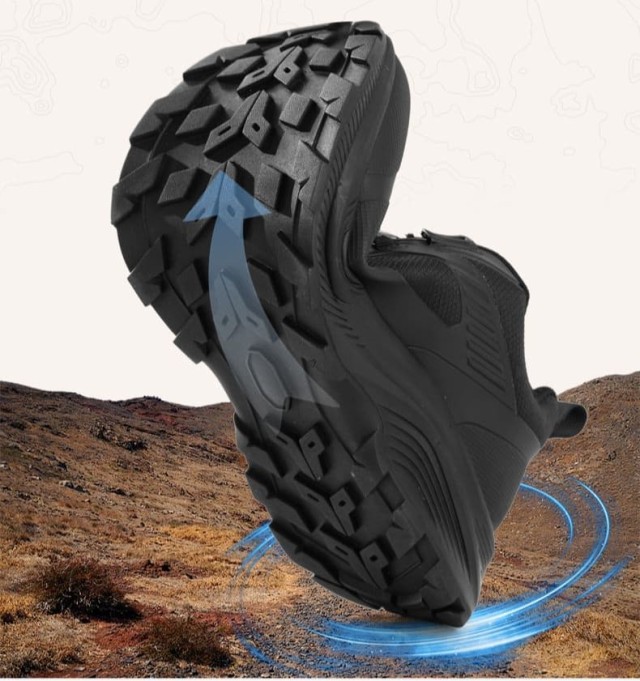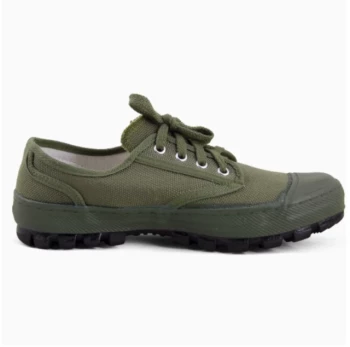Walking shoes are more than just footwear—they’re the foundation of your daily movement. While generic advice suggests replacing them every 300–500 miles, your shoes might need retirement sooner (or later) based on unique wear patterns, body mechanics, and activity levels. This guide combines podiatrist-recommended inspection methods with practical self-checks to help you spot replacement cues before discomfort or joint strain arises.
Recognizing Physical Signs of Wear
Start with these 3 diagnostic tests to assess your shoes objectively:
-
Sole Check
- Press your thumb into the outsole’s midfoot and heel zones. If the grooves feel shallow (less than ~2mm deep) or the rubber feels rigid, traction and shock absorption are compromised.
- Uneven wear on one side (e.g., inner heel erosion) suggests gait imbalances that accelerate breakdown.
-
Midsole Compression
- Twist the shoe gently. Excessive flexibility or visible creasing in the midsole foam indicates collapsed cushioning. Research shows degraded midsoles absorb 30–50% less impact, transferring stress to knees and hips.
-
Upper Integrity
- Stretched fabric, torn linings, or loose stitching reduce foot stability. A simple test: If your foot slides sideways when walking on slopes, the upper no longer provides containment.
Pro Tip: Place shoes on a flat surface. If they tilt inward/outward instead of resting evenly, structural support has failed.
Factors That Accelerate Shoe Degradation
Not all shoes age at the same rate. These variables dictate replacement urgency:
Activity Profile
- High-impact surfaces (e.g., concrete) wear outsoles 2x faster than dirt trails.
- Frequent hill walking strains the forefoot area, compressing cushioning prematurely.
Body Mechanics
- Overpronators and heavy heel strikers degrade medial soles and heels faster.
- Weight matters: Individuals over 200 lbs may need replacement 20–30% sooner due to increased midsole compression.
Environmental Stress
- Exposure to moisture (rain, sweat) breaks down adhesives and foam. Rotate pairs to extend longevity.
Case Example: A walker logging 10 miles/week on pavement might replace shoes every 8 months, while a treadmill user could stretch usage to 12+ months.
How Worn Shoes Impact Joint Health and Performance
Ignoring wear signs has cascading effects:
Biomechanical Risks
- A 2023 footwear study linked worn midsoles to 15% higher knee joint loads, increasing osteoarthritis risk.
- Collapsed arch support strains plantar fascia, contributing to heel pain.
Gait Adaptations
- Subconsciously altering stride to compensate for poor cushioning (e.g., shorter steps) reduces walking efficiency by up to 12%, per gait lab analyses.
The "Comfort Trap"
- Familiarity ≠ functionality. Shoes molding to your foot shape may feel "broken in" even when support is gone.
Actionable Insight: Track mileage with a fitness app, but prioritize physical checks over arbitrary numbers.
Step Into Better Support with 3515 Footwear
Your walking shoes work hard—don’t let worn components undermine their purpose. For bulk buyers and distributors, 3515 Footwear delivers durable, biomechanically optimized designs that match varied wear patterns and user needs. Explore our range to keep your clients moving comfortably, mile after mile.
Ready to upgrade? Partner with 3515 for footwear solutions built to last.
Related Products
- Wholesale Durable Camo Canvas Shoes with High-Traction Rubber Soles
- Durable High-Traction Canvas Sneakers Wholesale & Custom Manufacturing
- Durable Rubber Sole Outdoor Shoes Wholesale & Custom Manufacturing
- Durable Canvas Work Shoes with Rubber Lug Sole | Wholesale Manufacturer
- Wholesale Smart Casual Sneakers with Dial Closure | Factory Direct Manufacturing
Related Articles
- How Tactical Footwear Combines Certified Safety and Ergonomic Design for Transport Workers
- How Tactical Footwear Balances Protection and Comfort in Extreme Conditions
- How Tactical Footwear Engineering Prevents Injuries in Public Safety Roles
- How to Choose Tactical Footwear That Matches Your Public Safety Role
- How Tactical Footwear Shields Delivery Workers from Job-Specific Injuries



















